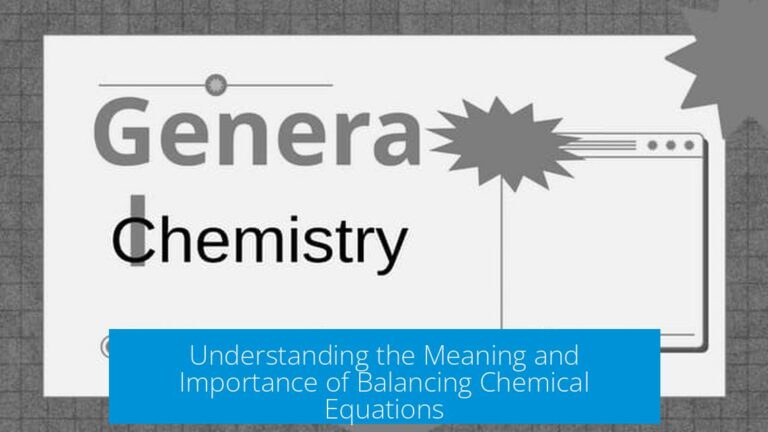Neutralizing a Room Full of Chlorine Gas
Neutralizing a room filled with chlorine gas requires chemical treatment combined with ventilation to safely reduce chlorine concentration. Due to chlorine’s toxicity and reactivity, direct access and effective ventilation are crucial. Chemical scrubbers and reducing agents can convert chlorine into less harmful substances. However, comprehensive removal mandates proper air exchange to prevent re-release or accumulation.
Access and Ventilation Challenges
Chlorine gas is highly toxic and corrosive. When contained within a sealed, non-ventilated room, the situation becomes more critical. Such a room limits safe entry and complicates removal efforts.
- Without vents, the room may require creation of openings using tools.
- Ventilation is essential to avoid chlorine buildup during and after neutralization.
- A room with no access points poses high risks; evacuation and isolation are primary precautions.
Chemical Methods to Neutralize Chlorine Gas
1. Chemical Scrubbing
Sodium hydroxide (NaOH) or lime can absorb chlorine gas. These chemicals react to form salts, reducing chlorine concentration.
- NaOH reacts with chlorine to produce sodium chloride (salt) and sodium hypochlorite (bleach).
- Care must be taken as acidic conditions may re-release chlorine.
2. Spraying Sodium Bicarbonate Solution
Fine mists of sodium bicarbonate can neutralize chlorine by converting it into sodium hypochlorite and carbon dioxide (CO2).
- May require extended spraying over hours or days.
- Results in residual bleach and salt deposits on surfaces.
- Room must be ventilated post-treatment to clear CO2 and remaining gases.
3. Using Reducing Agents
Reducing chemicals such as sodium thiosulfate, sodium sulfite, or metabisulfite convert chlorine gas directly to hydrogen chloride (HCl) or chloride ions.
- Sodium thiosulfate is effective for rapid neutralization in aqueous form.
- Reduces chlorine toxicity substantially.
4. Activated Charcoal Absorption
Activated charcoal can adsorb chlorine gas efficiently, especially in humid conditions where chlorine decomposes on the surface.
- Heated charcoal can release adsorbed chlorine; disposal requires care.
- Serves primarily as a supplementary method rather than standalone.
Physical and Auxiliary Methods
- Introducing NaK metal is proposed but poses significant fire and chemical hazards.
- Using large water flows (osmosis) to flush chlorine is costly and damages infrastructure.
Importance of Ventilation and Disposal
Neutralization alone is insufficient. Chlorine gas and byproducts require removal through forced or natural ventilation to prevent recurrence of hazardous levels.
- Creating vents or openings facilitates air exchange.
- Ventilation prevents buildup of carbon dioxide and any residual reactive substances.
- Safe disposal of neutralization residues ensures no environmental contamination.
Key Takeaways
- Access and ventilation are critical before chemical neutralization.
- Sodium hydroxide, sodium bicarbonate, and reducing agents effectively neutralize chlorine gas.
- Extended spraying and time may be necessary to ensure complete reaction.
- Activated charcoal adsorbs chlorine but requires cautious handling.
- Ventilation after treatment prevents buildup of gases and hazardous byproducts.
How can chlorine gas in a sealed, unventilated room be neutralized chemically?
Use chemical scrubbers with sodium hydroxide (NaOH) or lime solutions to absorb chlorine. Alternatively, spray a fine mist of sodium bicarbonate solution to convert chlorine into bleach and CO2. These methods require ventilation afterward.
What reducing agents help neutralize chlorine gas effectively?
Solutions of sodium thiosulfate, sodium sulfite, or sulfur dioxide can reduce chlorine to harmless chloride ions. Sodium thiosulfate converts chlorine into hydrochloric acid, which can then be neutralized easily.
Can activated charcoal be used to remove chlorine gas from the air?
Yes, activated charcoal adsorbs chlorine gas, especially in humid conditions. However, if the charcoal later heats up, it may release chlorine back into the air.
Why is ventilation crucial after neutralizing chlorine gas?
Even after chemical neutralization, residual gases like CO2 remain. Proper ventilation is necessary to remove these and prevent buildup of dangerous substances.
Are there physical methods to remove chlorine gas without chemicals?
One method involves pumping sodium-potassium metal (NaK) to bind chlorine. Another is flushing the space with water to dissolve chlorine, but this can damage pipes and sewer systems and can be costly.





Leave a Comment